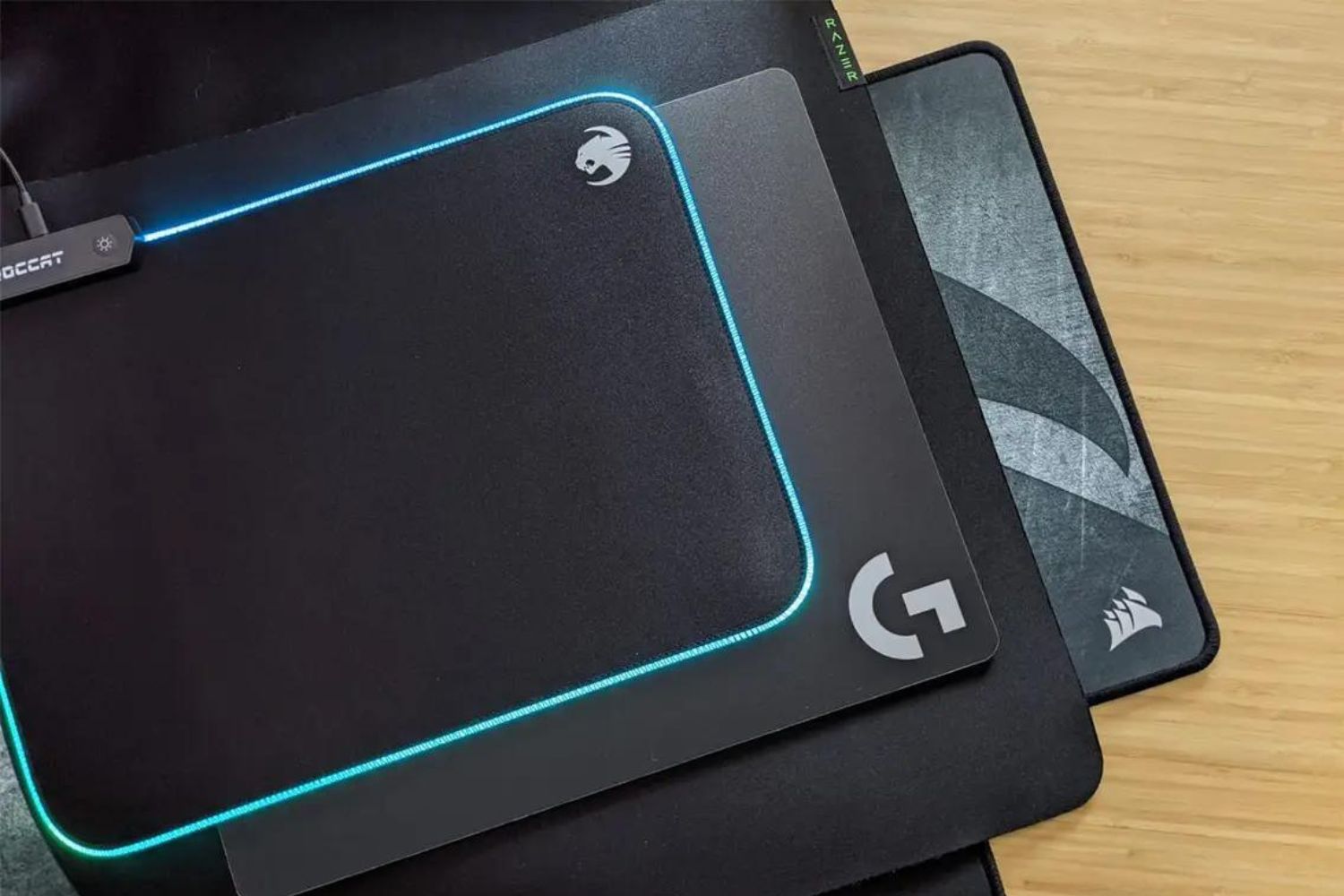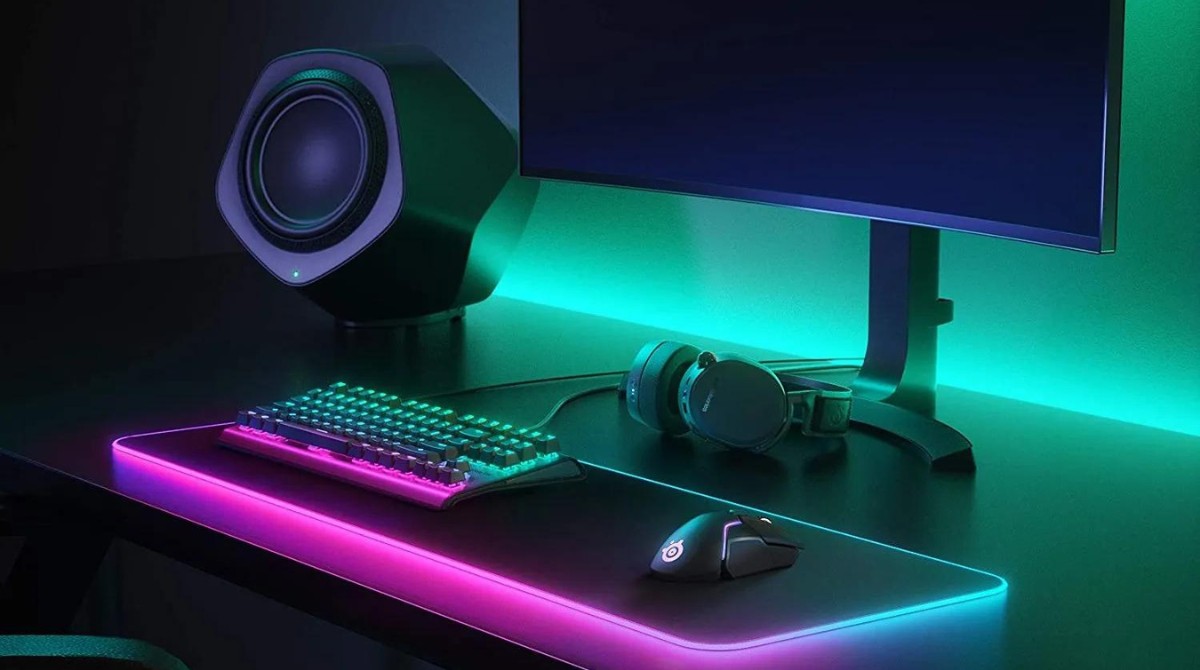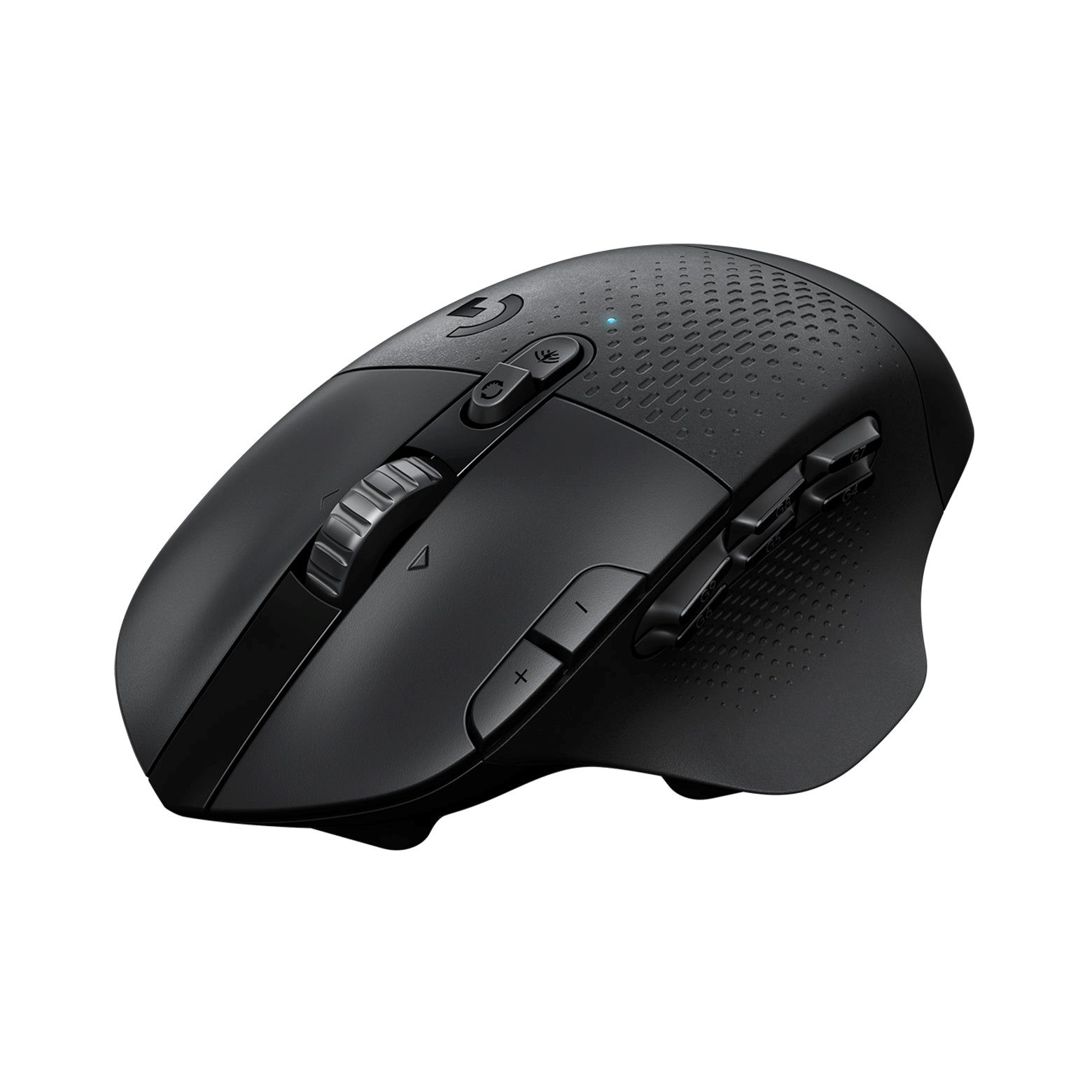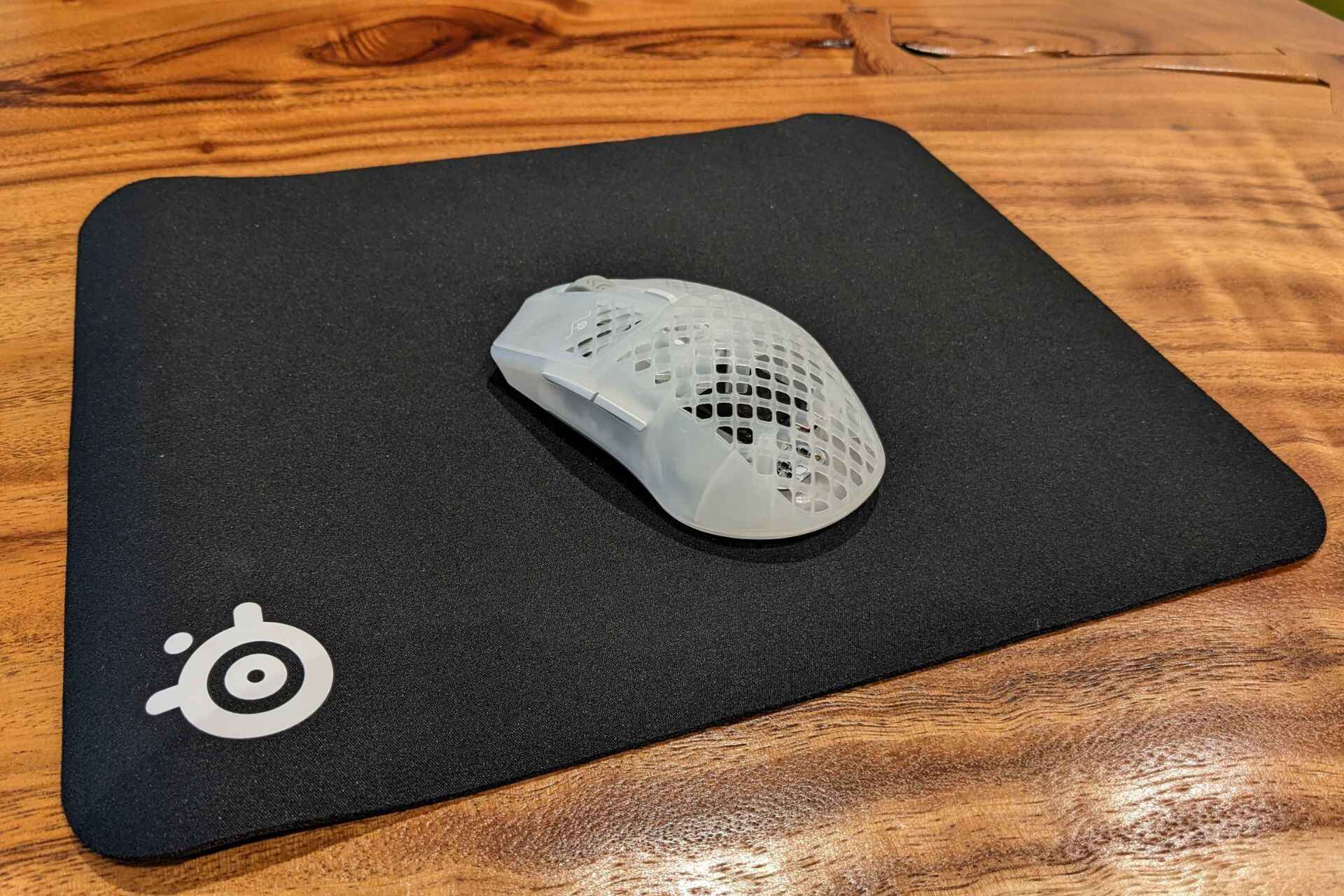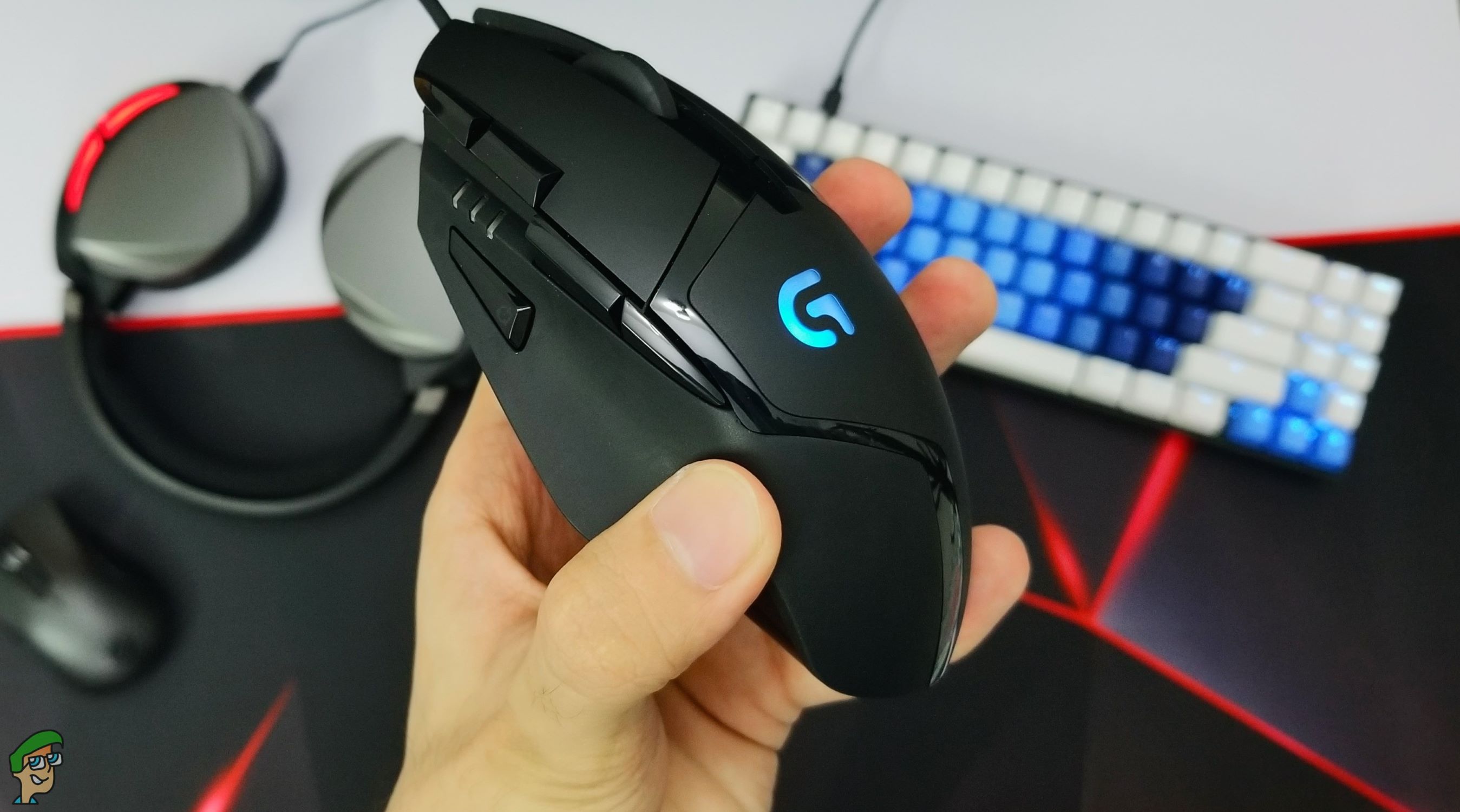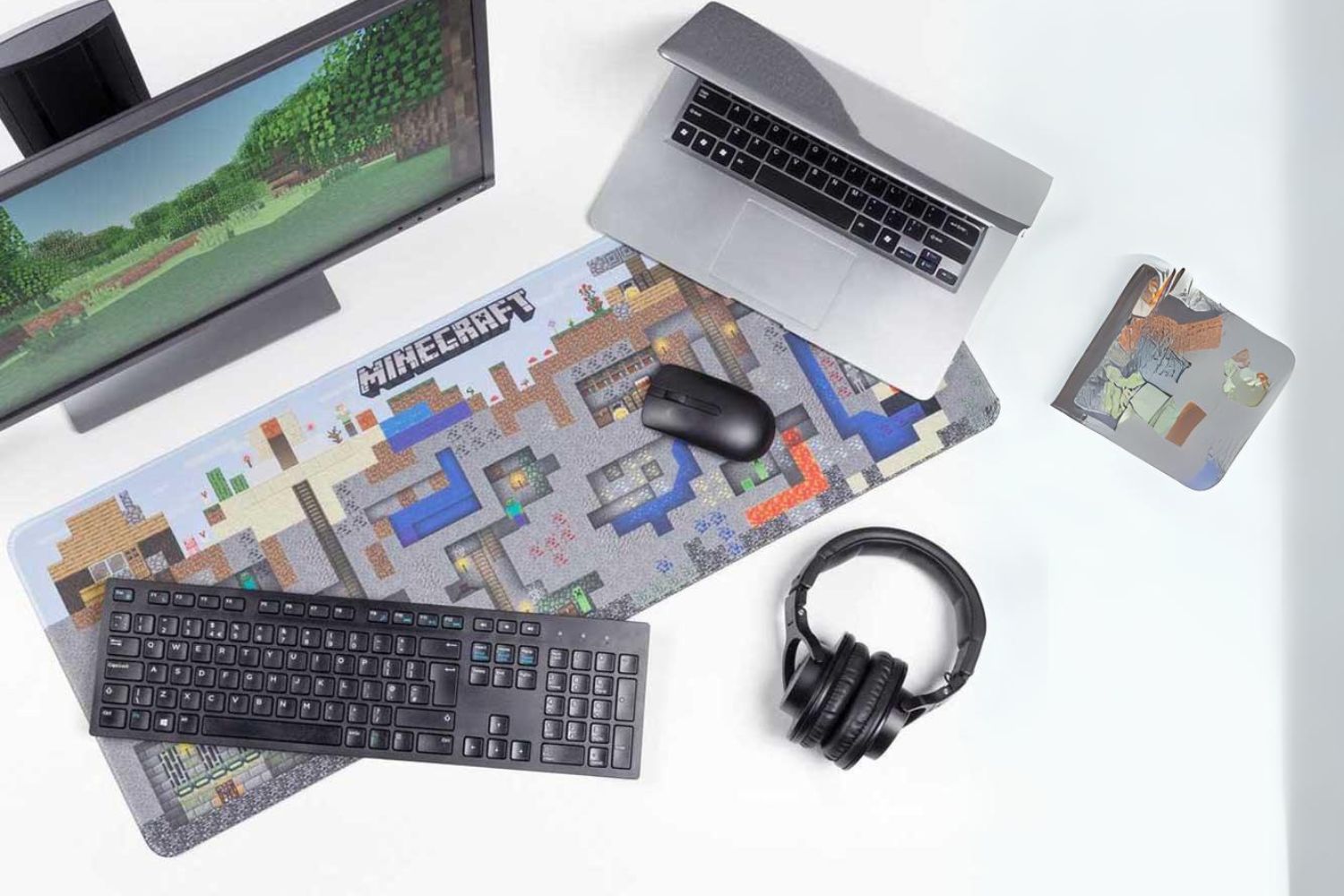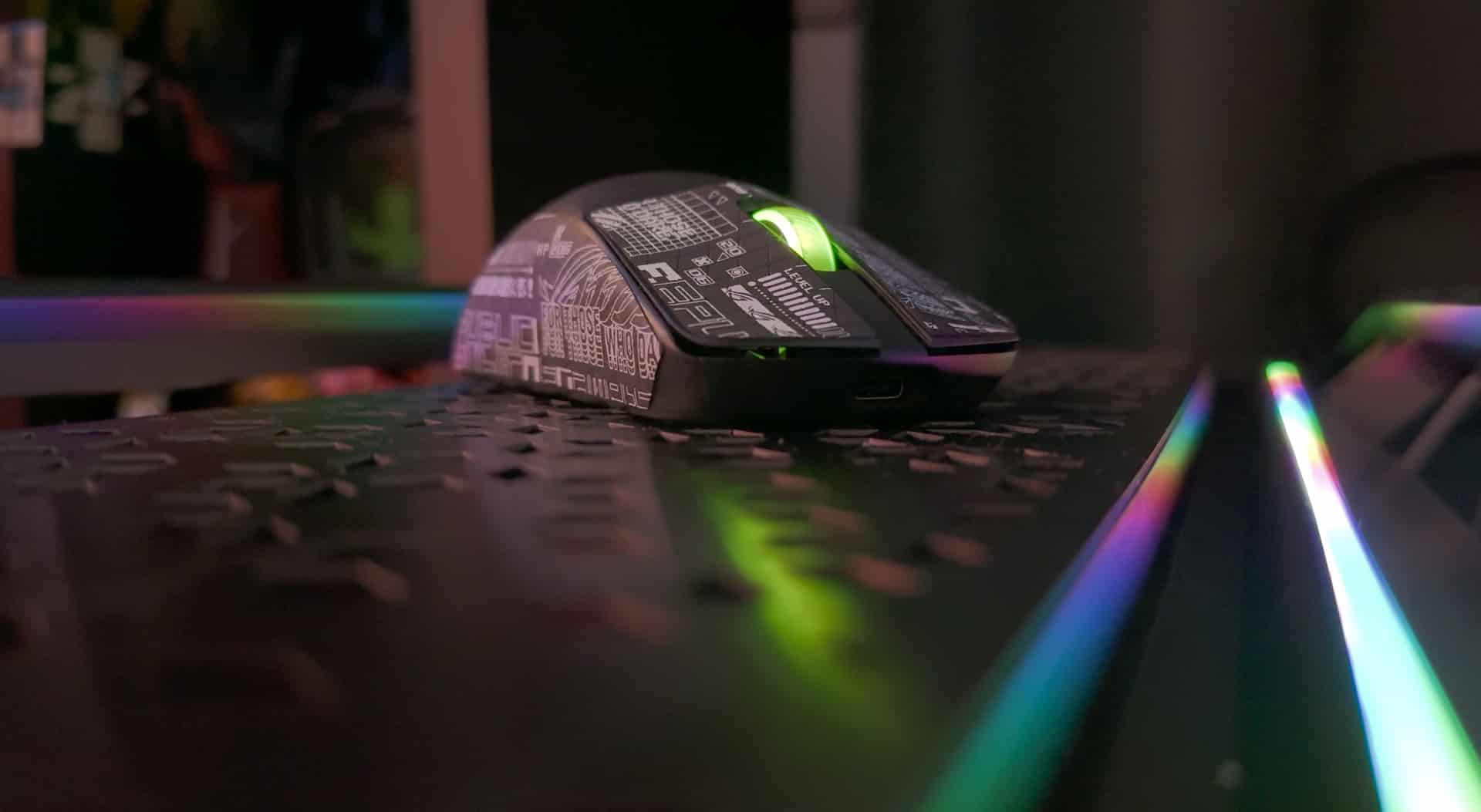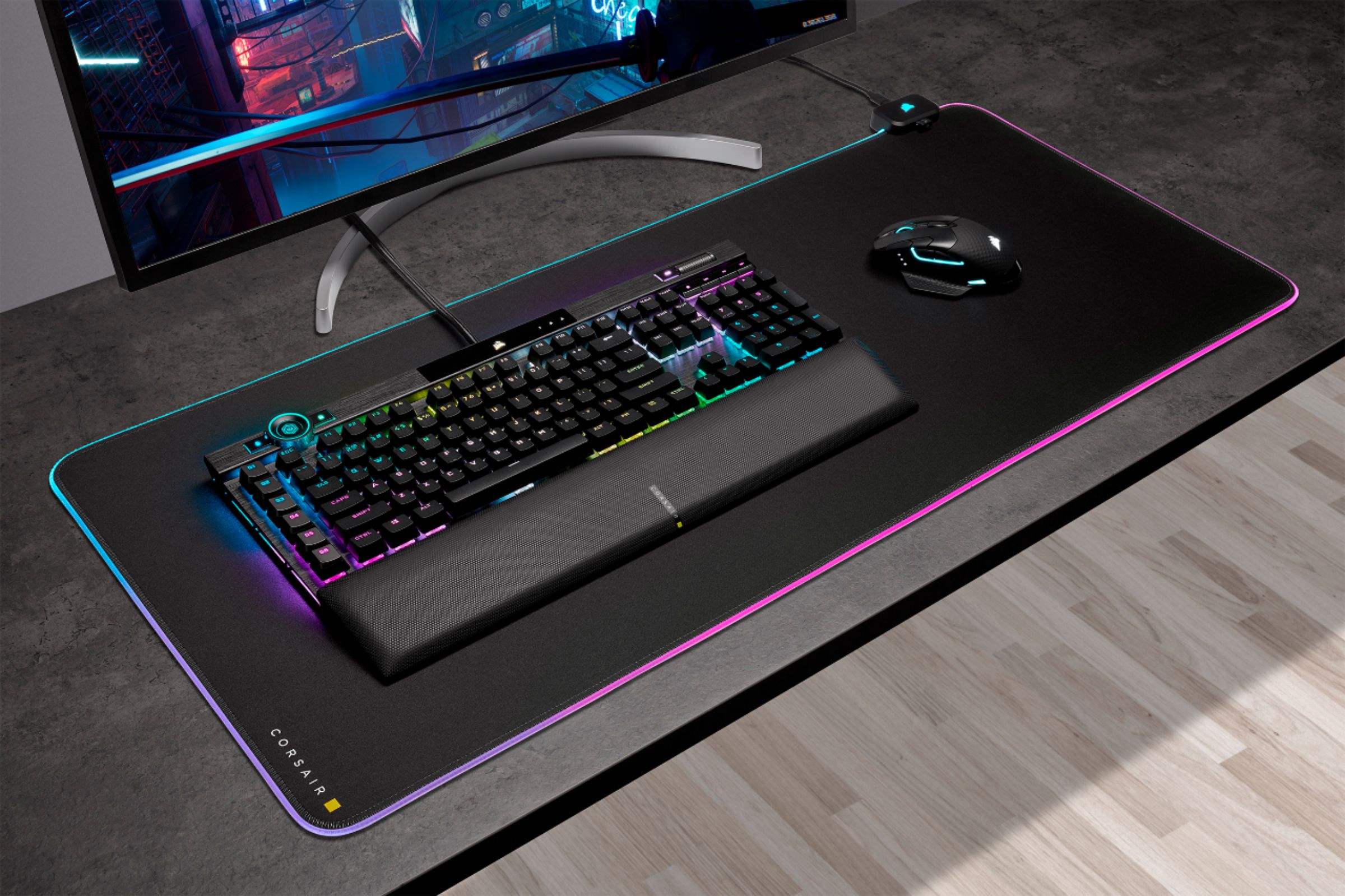Introduction
Introduction
Are you tired of using a thin, flimsy mouse pad that provides little to no cushioning for your wrist and hand? If so, you're in luck! This article will guide you through the process of making your mouse pad thicker, providing you with a more comfortable and supportive surface for all your computing needs.
A mouse pad is an essential accessory for anyone who spends a significant amount of time using a computer. However, many commercially available mouse pads are quite thin, offering minimal padding and support. This can lead to discomfort and even wrist strain, especially during extended periods of use.
By making your mouse pad thicker, you can enhance its ergonomic properties, providing better support for your wrist and hand while reducing the risk of strain and discomfort. Whether you're an avid gamer, a professional designer, or someone who simply wants a more comfortable computing experience, a thicker mouse pad can make a significant difference in your day-to-day activities.
In the following sections, we will explore the benefits of using a thicker mouse pad, the materials you'll need for this DIY project, and a step-by-step guide to making your mouse pad thicker. Get ready to elevate your computing experience with a simple yet effective modification!
Why Thicker Mouse Pads are Beneficial
Thicker mouse pads offer a range of benefits that can significantly enhance your computing experience. Here are some compelling reasons why opting for a thicker mouse pad can make a difference:
- Enhanced Comfort: Thicker mouse pads provide better cushioning and support for your wrist and hand, reducing the strain caused by prolonged mouse usage. The added thickness creates a more comfortable surface, making it easier to navigate and control the mouse with precision.
- Ergonomic Support: A thicker mouse pad promotes a more ergonomic hand and wrist position, which is crucial for preventing discomfort and potential injuries associated with repetitive movements. By maintaining a neutral wrist posture, you can minimize the risk of developing conditions such as carpal tunnel syndrome and wrist strain.
- Improved Precision: The added thickness of the mouse pad can contribute to smoother and more precise mouse movements, enhancing your overall control and accuracy, particularly during tasks that demand fine motor skills, such as graphic design, gaming, and detailed photo editing.
- No Slippage: Thicker mouse pads are less likely to slip and slide on your desk surface, providing a stable and secure platform for your mouse. This can prevent frustrating interruptions during intense gaming sessions or intricate design work, allowing you to stay focused and in control.
- Personalization: Making your mouse pad thicker also presents an opportunity for personalization. You can choose the specific thickness and materials that best suit your preferences, ensuring that your mouse pad reflects your unique style and ergonomic needs.
These advantages demonstrate the value of investing in a thicker mouse pad. Whether you’re seeking enhanced comfort, improved precision, or better support for your wrists, making your mouse pad thicker can be a simple yet effective solution to elevate your computing setup.
Materials Needed for Making a Mouse Pad Thicker
Before embarking on the journey to transform your mouse pad, it’s essential to gather the necessary materials. Fortunately, the items required for this DIY project are readily accessible and affordable. Here’s what you’ll need to make your mouse pad thicker:
- Mouse Pad: The foundation of your project will be an existing mouse pad. Whether it’s a worn-out pad or one that simply lacks the desired thickness, any standard mouse pad will serve as the base for your modifications.
- Foam Padding: To increase the thickness of your mouse pad, you’ll need foam padding material. This can be sourced from various sources, such as craft stores, fabric stores, or online retailers. Look for foam padding that is dense and supportive, providing the desired level of cushioning for your mouse pad.
- Scissors or Craft Knife: A pair of scissors or a craft knife will be necessary for cutting the foam padding to the appropriate size and shape to fit your mouse pad. Ensure that your cutting tool is sharp and precise to achieve clean, accurate cuts.
- Adhesive: You’ll require a suitable adhesive to affix the foam padding to the existing mouse pad. Depending on the materials involved, options such as fabric glue, double-sided tape, or adhesive spray can be effective for securing the foam padding in place.
- Measuring Tape or Ruler: Accurate measurements are crucial for ensuring that the foam padding fits the dimensions of your mouse pad perfectly. A measuring tape or ruler will aid in achieving precision during the cutting and placement of the foam padding.
These materials form the foundation of your endeavor to create a thicker, more supportive mouse pad. With these items in hand, you’ll be well-equipped to proceed to the next stage of the process: transforming your standard mouse pad into a comfortable and ergonomic work surface.
Steps to Make a Mouse Pad Thicker
Now that you have gathered the necessary materials, it’s time to embark on the process of making your mouse pad thicker. Follow these step-by-step instructions to transform your standard mouse pad into a more supportive and comfortable accessory:
- Prepare the Workspace: Find a clean, well-lit area to work in, ensuring that you have ample space to maneuver the materials and tools. Lay out your mouse pad, foam padding, adhesive, scissors or craft knife, and measuring tape or ruler within easy reach.
- Measure and Cut the Foam Padding: Using the measuring tape or ruler, carefully measure the dimensions of your mouse pad. Transfer these measurements to the foam padding, marking the appropriate size and shape for the padding. With precision, use the scissors or craft knife to cut the foam padding to fit the dimensions of the mouse pad.
- Apply Adhesive to the Mouse Pad: Depending on the type of adhesive you’re using, follow the manufacturer’s instructions to apply a thin, even layer of adhesive to the surface of the mouse pad. Ensure that the adhesive is distributed evenly to facilitate secure bonding with the foam padding.
- Affix the Foam Padding: Carefully position the cut foam padding onto the adhesive-coated surface of the mouse pad, aligning it accurately with the edges. Press down firmly to promote adhesion, smoothing out any air pockets or wrinkles to achieve a seamless, uniform bond between the foam padding and the mouse pad.
- Allow for Proper Bonding: Once the foam padding is in place, allow sufficient time for the adhesive to set and bond effectively. Follow the recommended curing or drying time specified by the adhesive manufacturer to ensure a durable and long-lasting attachment.
- Test and Enjoy: Once the adhesive has fully cured, your newly thickened mouse pad is ready for use. Place it on your desk, position your mouse atop the cushioned surface, and experience the enhanced comfort and support provided by your DIY modification.
By following these straightforward steps, you can elevate your computing experience by creating a thicker, more ergonomic mouse pad. This simple yet effective DIY project empowers you to customize your workspace and enhance your comfort and productivity during extended computer use.
Conclusion
Congratulations! By following the steps outlined in this guide, you have successfully transformed your standard mouse pad into a thicker, more supportive accessory that can enhance your computing experience. The process of making your mouse pad thicker not only provides tangible ergonomic benefits but also empowers you to personalize and optimize your workspace to suit your unique needs and preferences.
With the addition of foam padding, your mouse pad now offers improved cushioning, ergonomic support, and precision, elevating its functionality and comfort. Whether you’re engaged in creative design work, immersive gaming sessions, or everyday computing tasks, the enhanced thickness of your mouse pad can make a noticeable difference in your comfort and performance.
Furthermore, the DIY nature of this project allows for flexibility and customization, enabling you to tailor the thickness and materials to align with your specific ergonomic requirements and aesthetic preferences. This hands-on approach not only fosters a sense of ownership and creativity but also provides a cost-effective solution for upgrading your computing setup.
As you integrate your newly thickened mouse pad into your workspace, take a moment to appreciate the comfort and support it offers. Your DIY endeavor has not only enhanced the practicality of your mouse pad but has also empowered you to take proactive steps toward creating a more ergonomic and personalized computing environment.
By exploring the benefits of a thicker mouse pad, gathering the necessary materials, and following the step-by-step instructions, you have embarked on a journey to optimize your computing experience. Embrace the newfound comfort and support provided by your thicker mouse pad, and revel in the satisfaction of having personalized and improved an essential component of your workspace.
As you continue to explore DIY projects and ergonomic solutions, remember that small modifications can yield significant enhancements in your daily activities. Your thicker mouse pad stands as a testament to your proactive approach to comfort and productivity, serving as a reminder of the positive impact achievable through simple yet effective customization.









